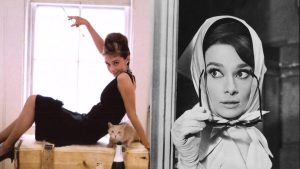Relive The Captivating Moments Of Doris Day’s Life
As a Hollywood starlet during the 1940s and 1950s, Doris Day dazzled audiences with her singing and acting talent. But behind the scenes, she endured personal struggles while still pushing herself to reach greater heights of success.
Now it’s time to uncover some fascinating details about this amazing woman you may not have known before!
She Had A Record-Breaking Career
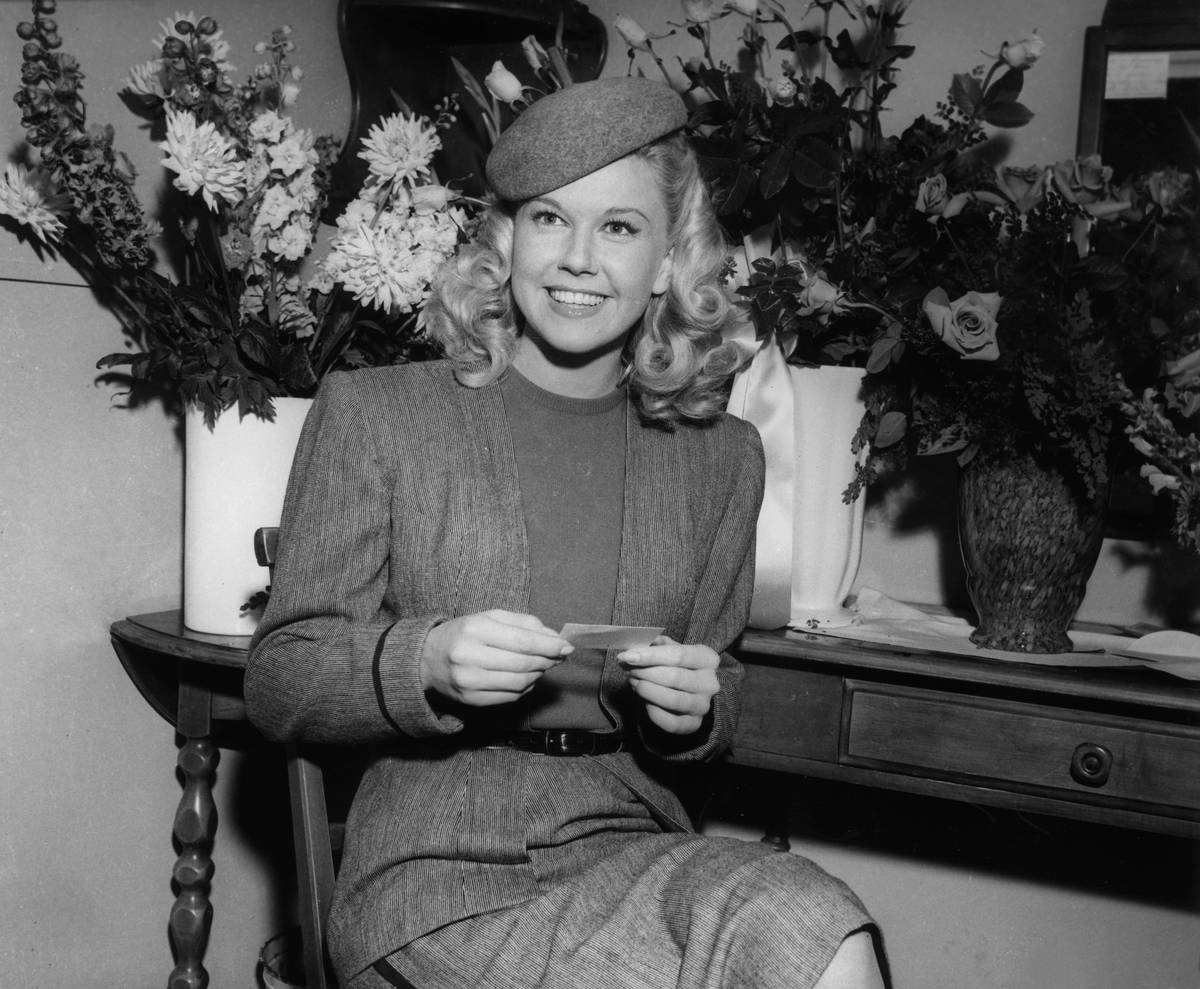
Her first film role landed her a slew of other opportunities in Hollywood and Doris starred in several nostalgic period films for Warner Brothers over the next few years. On Moonlight Bay, By the Light of the Silvery Moon and Tea For Two were all relatively minor movies – but 1951’s I’ll See You in My Dreams was a box office smash, breaking records held for 20 years.
Not only was her acting career reaching unprecedented heights, but the song “Secret Love” from 1953’s Calamity Jane scored the Academy Award for Best Original Song, becoming her fourth number one hit in the U.S.
Her Love For Animals Caused A Strain In Her Marriage
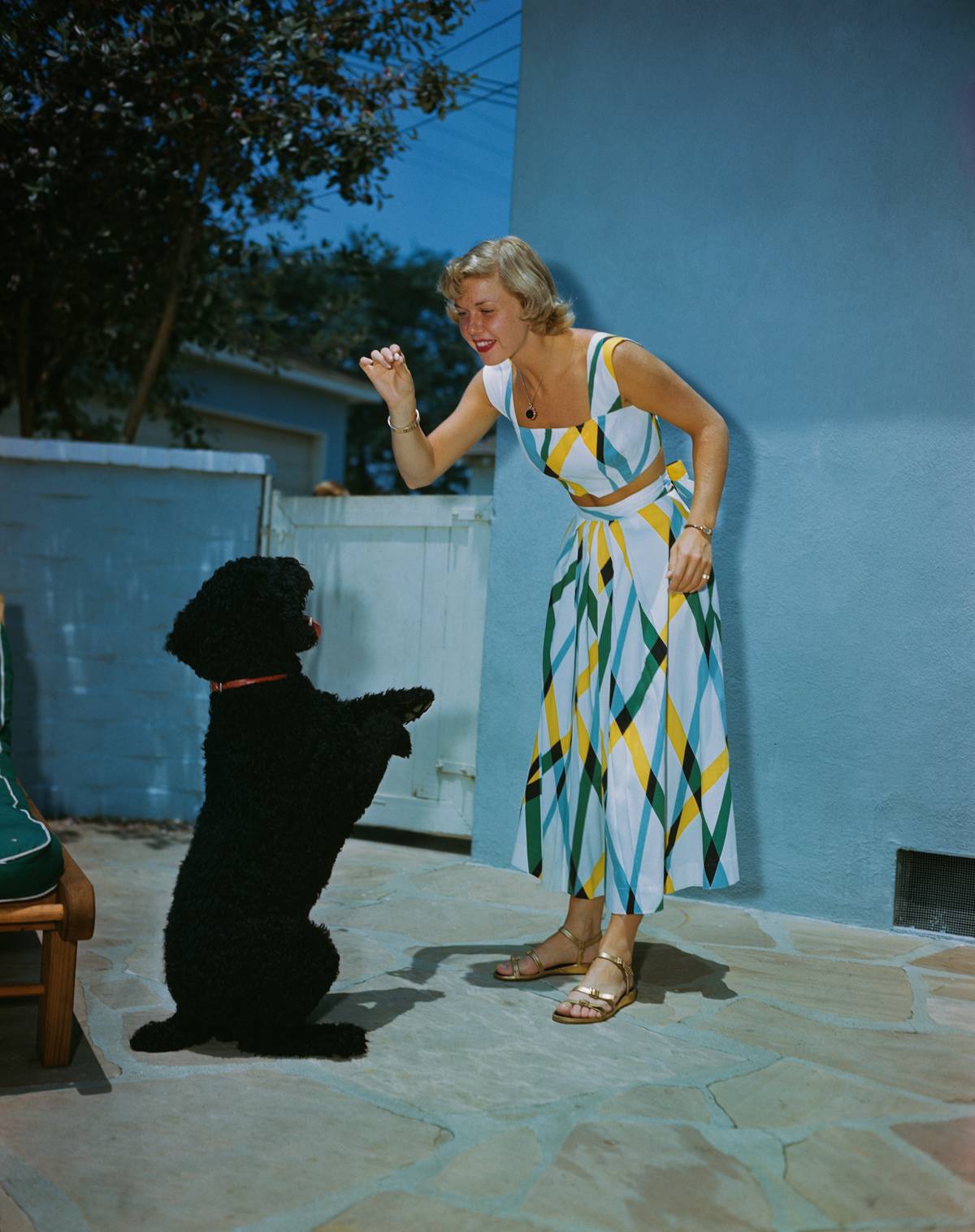
Doris Day was an enormous pet lover, having several pets and adopting stray animals. However, this love allegedly placed strain on her fourth marriage to Barry Comden. According to Barry, the couple divorced after six years because Doris’s love of animals outweighed her love for him.
That said, Barry knew what he was in for when they started dating. The two met when Barry worked as a maître d’hôtel at one of Doris’s favorite restaurants. He often gave her scrap meats and bones for dogs. Although he knew about her love for dogs, it apparently became too much for him.
An Injury Made Her Miss Her Oscars Appearance

In March 1989, Doris was scheduled to present the Best Original Score Oscar at the Academy Awards. But she never did. Shortly before the date, she was walking through her garden when she cut her leg on a sprinkler. The cut so deep that it required stitches.
Because of the injury, Doris could not appear at The 61st Annual Academy Awards. She left the job up to her scheduled co-hosts, Patrick Swayze and Marvin Hamlisch. Although Doris regretted being unable to attend that night, there was nothing she could do about her leg.
She Was Religious For A Time
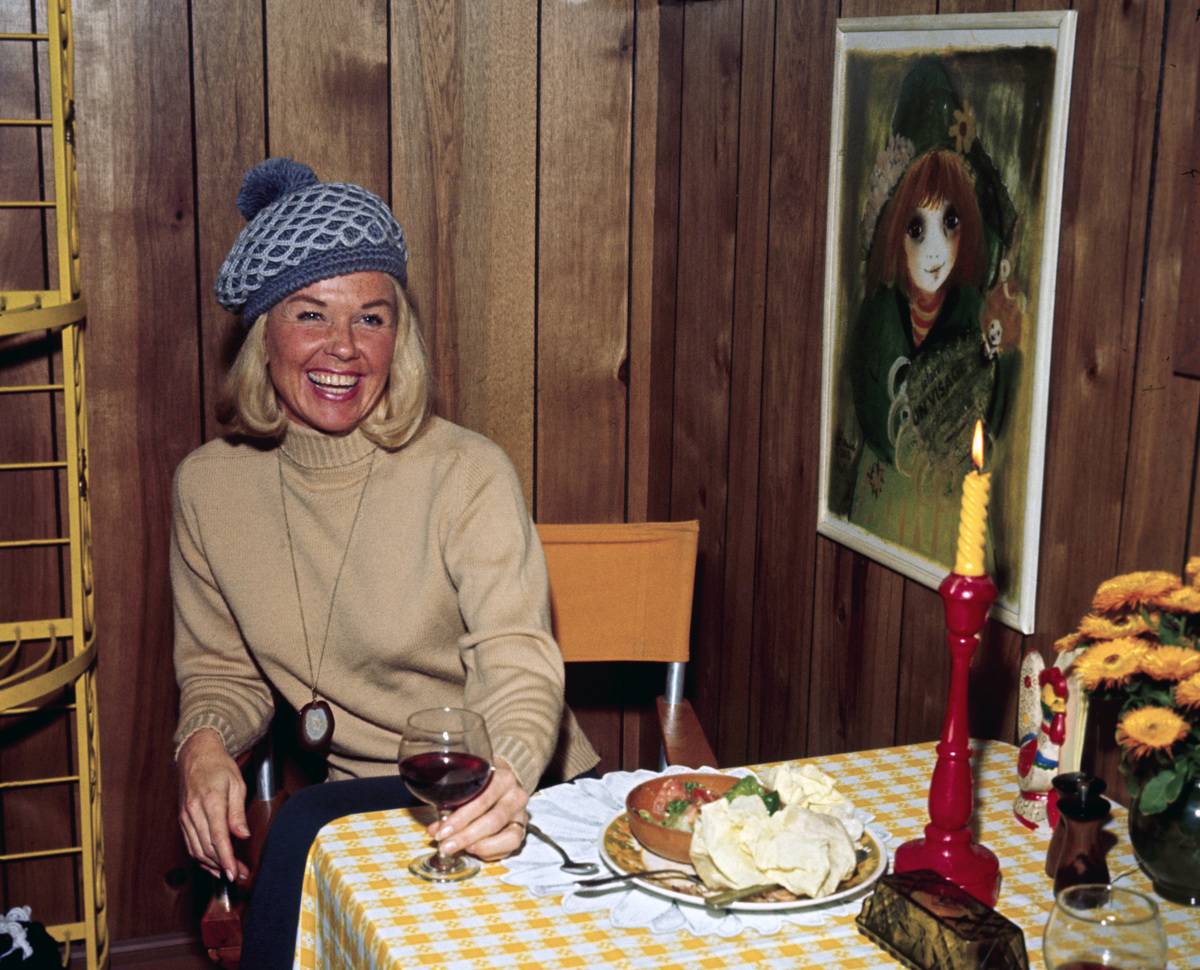
Doris Day grew up as a Catholic but did not adhere to the religion. In 1946, she married her second husband, George William Weidler. George introduced Doris to Christian Science, and she stuck with the religion for several years. The experience caused some medical issues for Doris.
According to Doris’s book, Christian Science does not outlaw all medical practices, but it emphasizes spiritual healing. Her resistance to medicine made her ignore cancer symptoms and get a hysterectomy at age 32. Later in life, Doris left Christian Science for her “own personal religion.”
She Had A Brief Relationship With Ronald Reagan
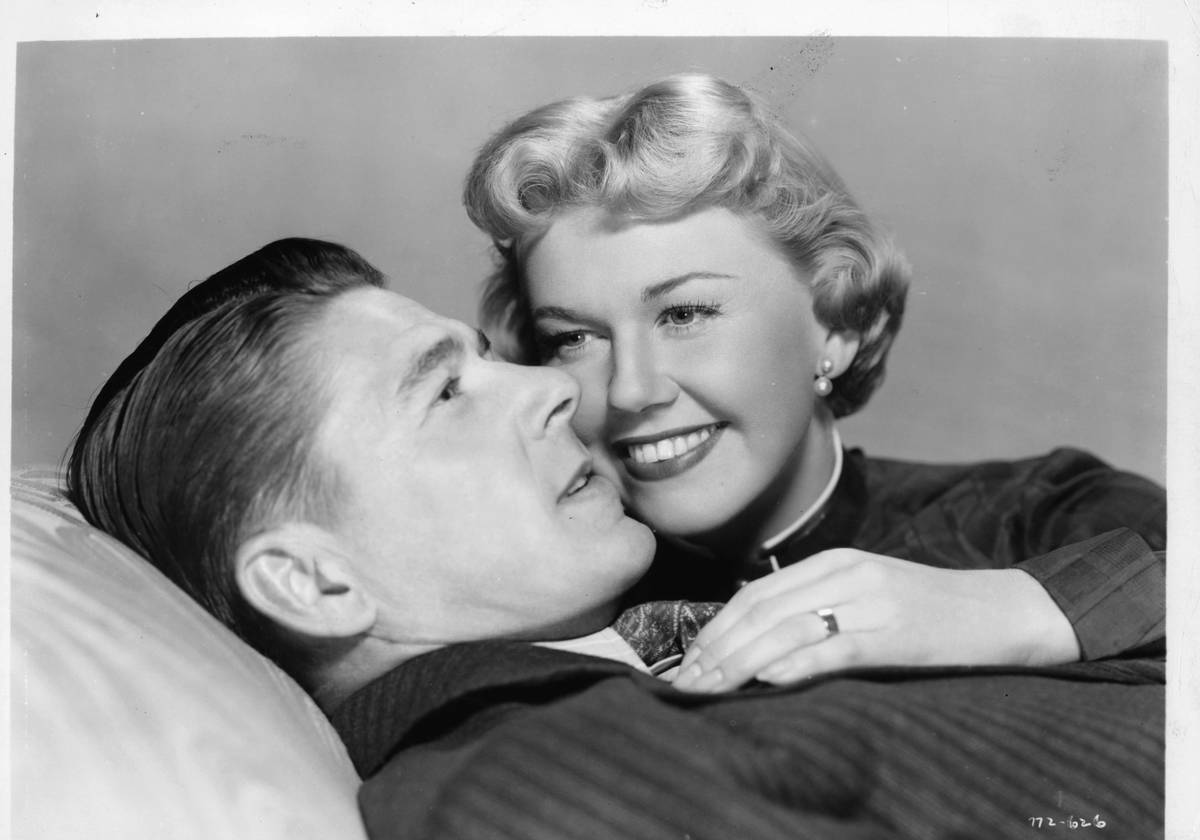
Before Ronald Reagan became the 40th president of the United States, he and Doris briefly dated. The two met when mutual friends from New York visited her in Los Angeles. She claimed that she was charmed by his love of dance and intelligent conversations.
Although Doris was a lifelong Republican, Reagan wasn’t “wasn’t actually in politics” at the time. Instead, he had “a political personality,” according to Doris. The two dated in 1951, after she divorced her third husband, Marty Melcher. They also starred in The Winning Team together. But the relationship did not last long.
She Lived A Long Life
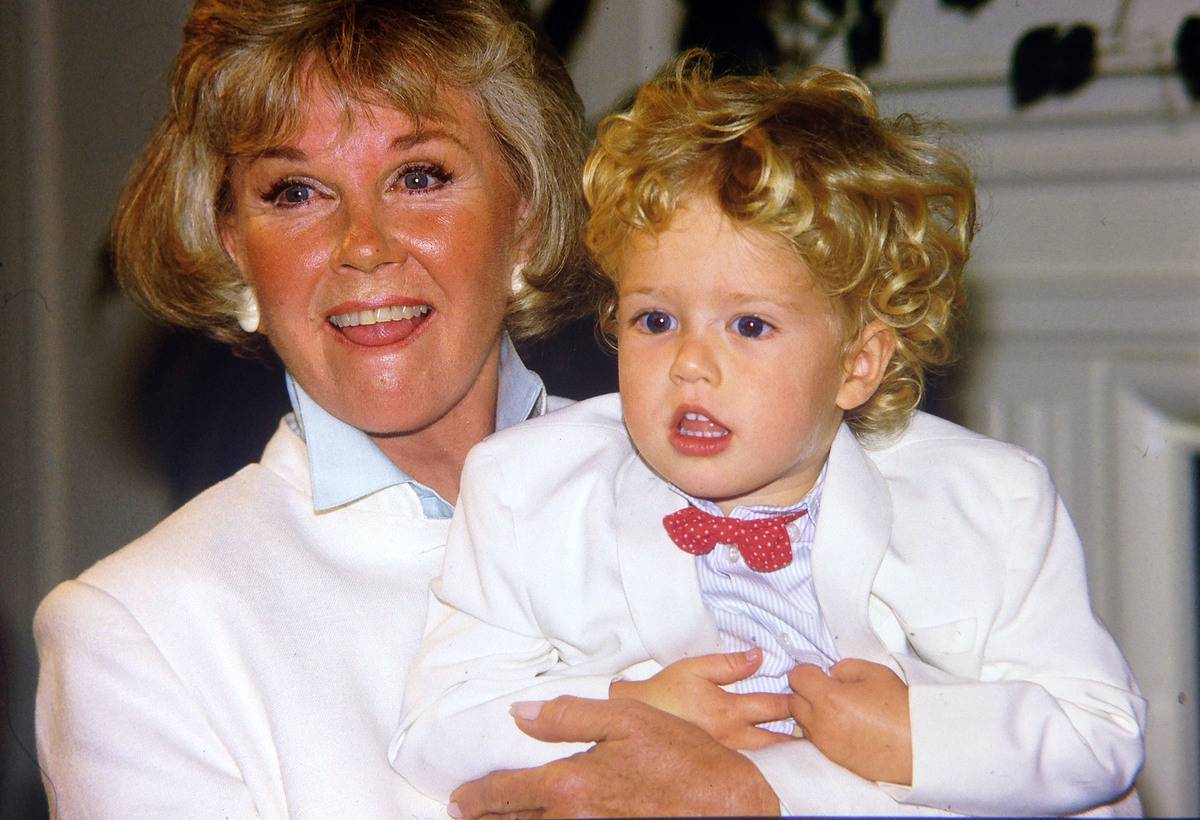
On May 13, 2019, The Doris Day Animal Foundation announced that the beloved star had died at her Carmel Valley, California, home.
Stars immediately took to social media to pay tribute to the singer. “For those of us in my generation, Doris Day was synonymous with Hollywood icon,” tweeted actor George Takei. “She would no doubt remind us, upon this day of her passing, ‘Que sera sera,’ but we will miss her dearly anyway. Rest now in our hearts forever, Ms. Day.”
Turned Down Jobs To Keep Her Images
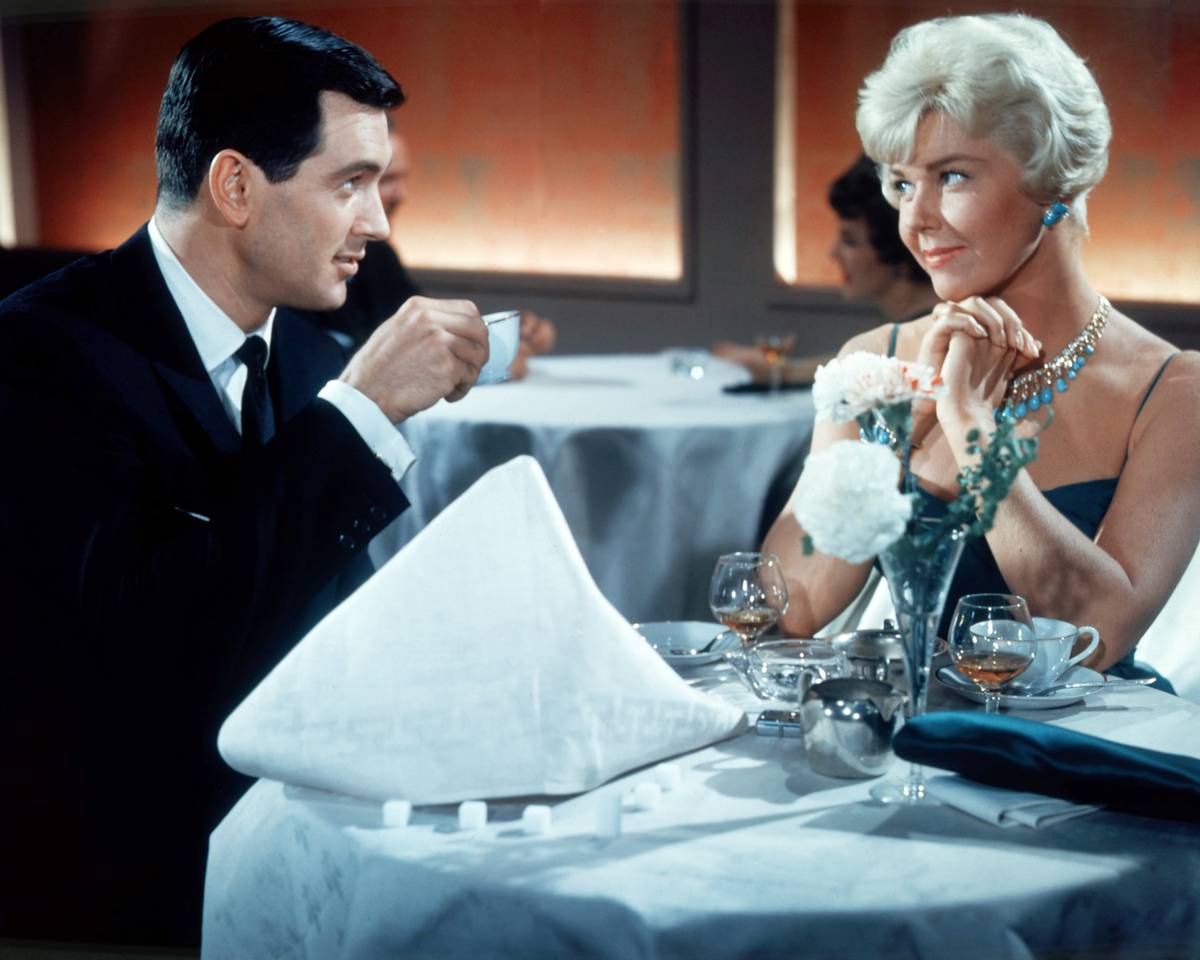
With her agent now her husband, Doris had more work in the early ’60s than ever, but the world was changing. At the end of the decade, society was ready for more risque content. However, Day’s movies didn’t evolve and neither did her wholesome image. For a woman who set the still unbeaten record for receiving seven consecutive awards as the top female box-office star, it was devastating when she slid out of the top ten completely in 1966.
Doris was given the chance to play Mrs. Robinson in The Graduate, a role that would’ve undoubtedly revived her popularity but she turned it down, calling the script “vulgar and offensive.”
Someone Knew She Was Special
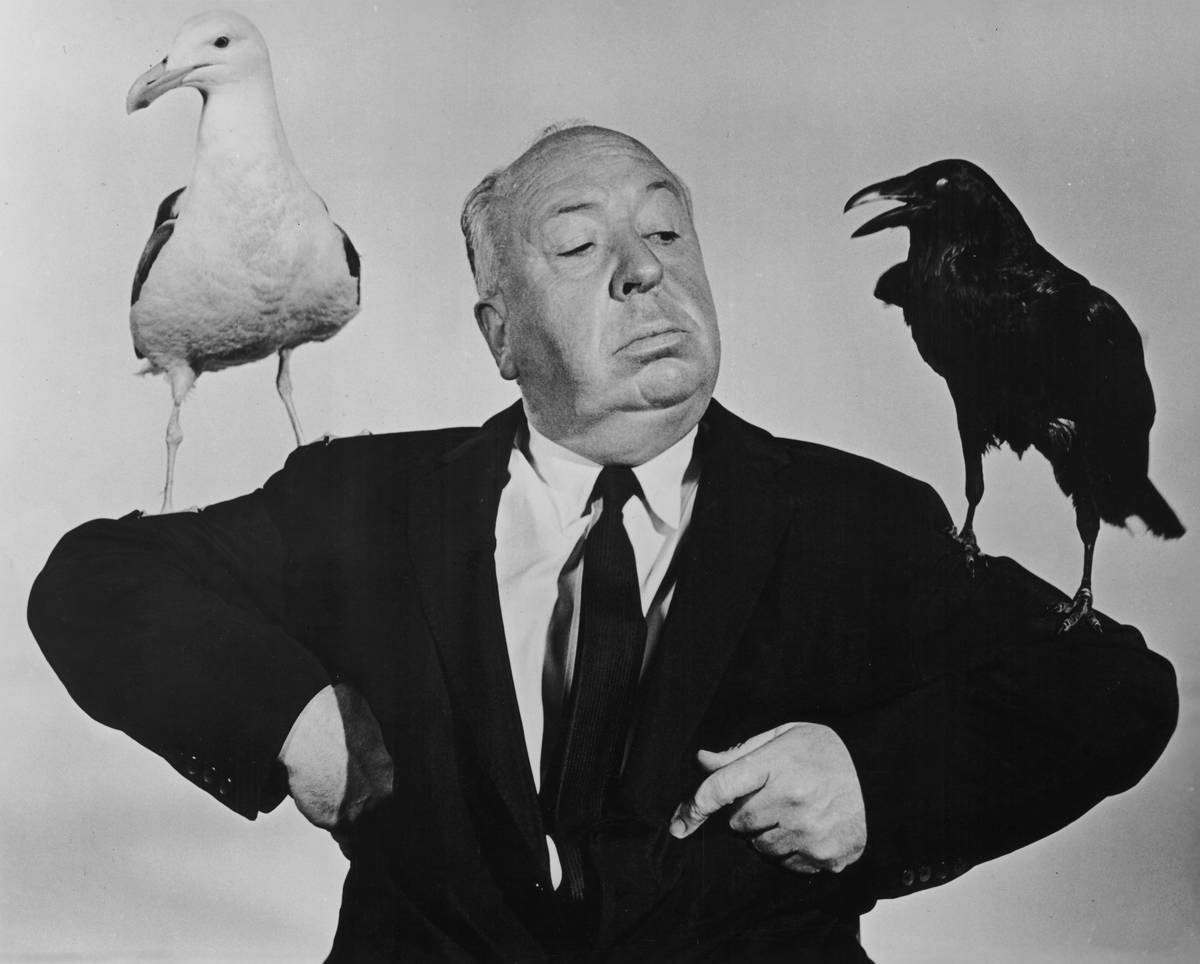
Although Doris was known as the queen of romantic comedies, she also starred in more serious roles, such as Storm Warning. But in 1956, producers thought she wasn’t “serious enough” for Hitchcock’s new film, The Man Who Knew Too Much. They wanted another actress such as Lana Turner or Grace Kelly.
Despite the pressure, Hitchcock adamantly sought after Doris for the role. He believed that her role in Storm Warning proved that she could star in a drama, and he was right. The Man Who Knew Too Much became one of Doris’s best-known roles.
Named After A Popular Song
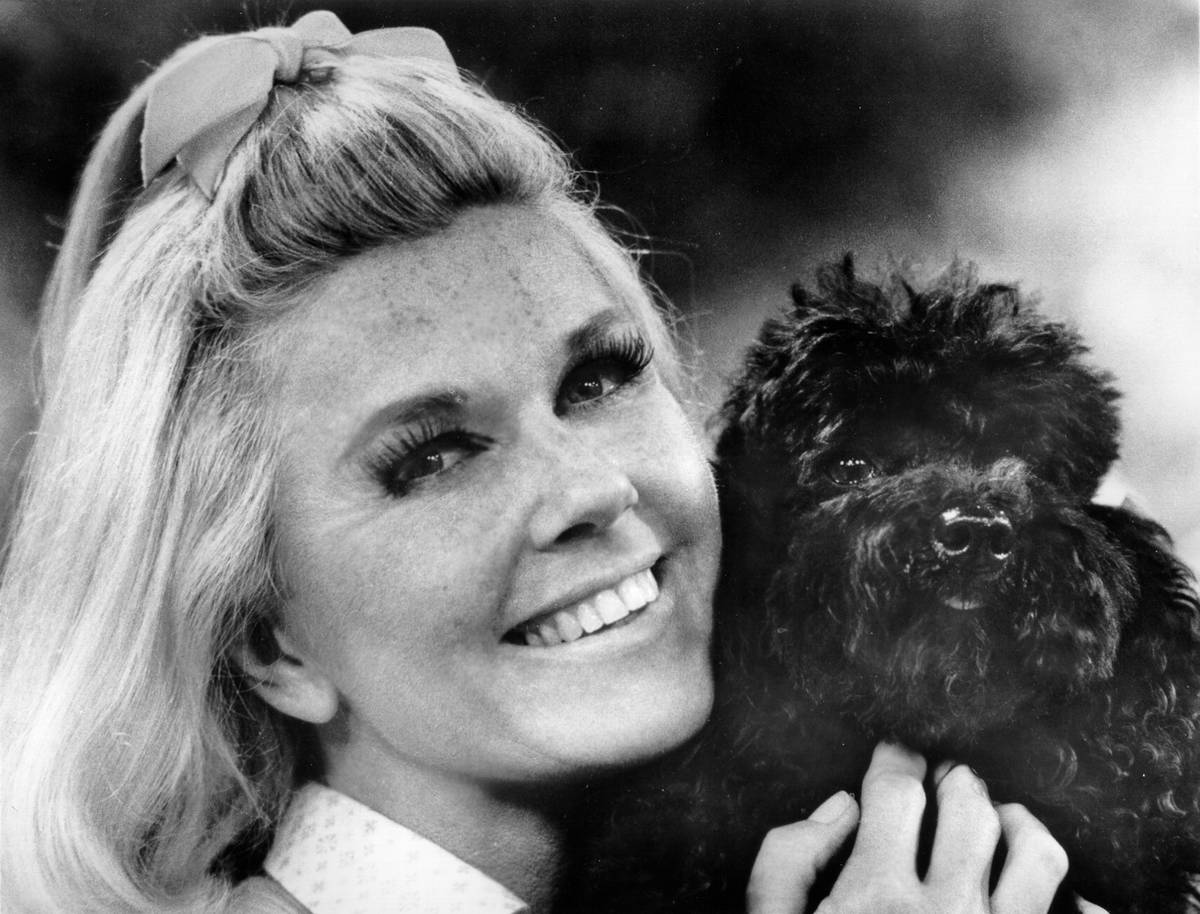
Doris Day was born Doris Mary Ann Kappelhoff, the daughter of second-generation German immigrants. Her stage name came after orchestra leader and jazz musician Barney Rapp saw her performing a version of “Day After Day”. Although it’s often confused with Doris’ hit single “Day By Day”, the two were entirely different songs.
The former was never recorded by the singer, despite becoming her namesake. The tune was so frequently requested by audiences that it simply made sense to dub her Doris Day – it’s certainly more stage-worthy than Doris Kappelhoff.
From Restaurants and Radios To Big Bands and Billboards
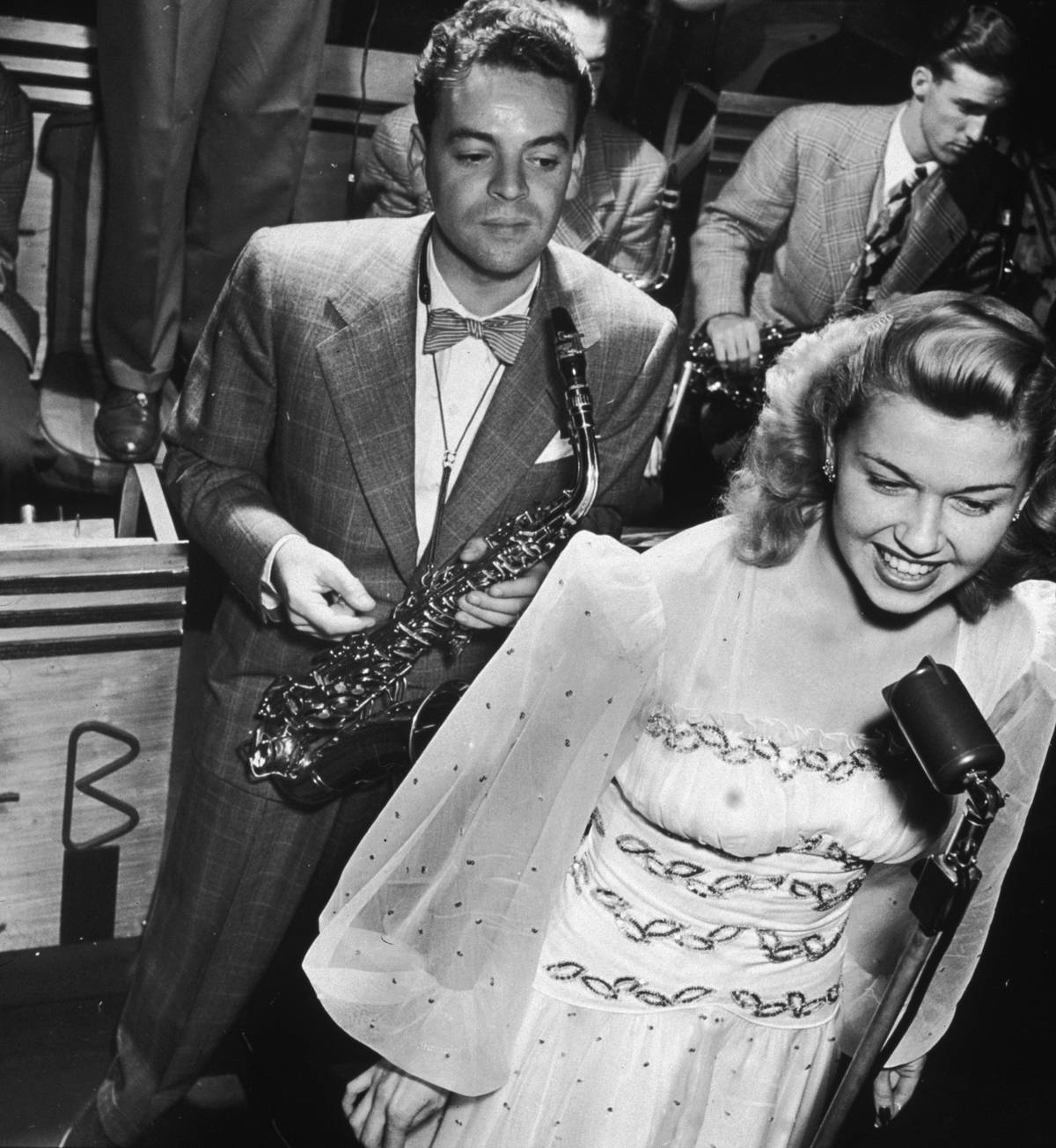
When it started to happen for Doris, it really started to happen. Within the first eight months of singing lessons, the young beauty landed her first professional roles, working as a vocalist on the WLW radio program Carlin’s Carnival and singing in a local restaurant. It was there that she first caught the attention of Barney Rapp.
Rapp offered her a position in his band which then propelled her to work with other legendary bandleaders, including Les Brown. Working with Brown while in her early 20’s, Doris made the move that catapulted her to stardom. Things would never be the same for the girl from Cincinnati.
“Que Sera, Sera” Almost Didn’t Happen
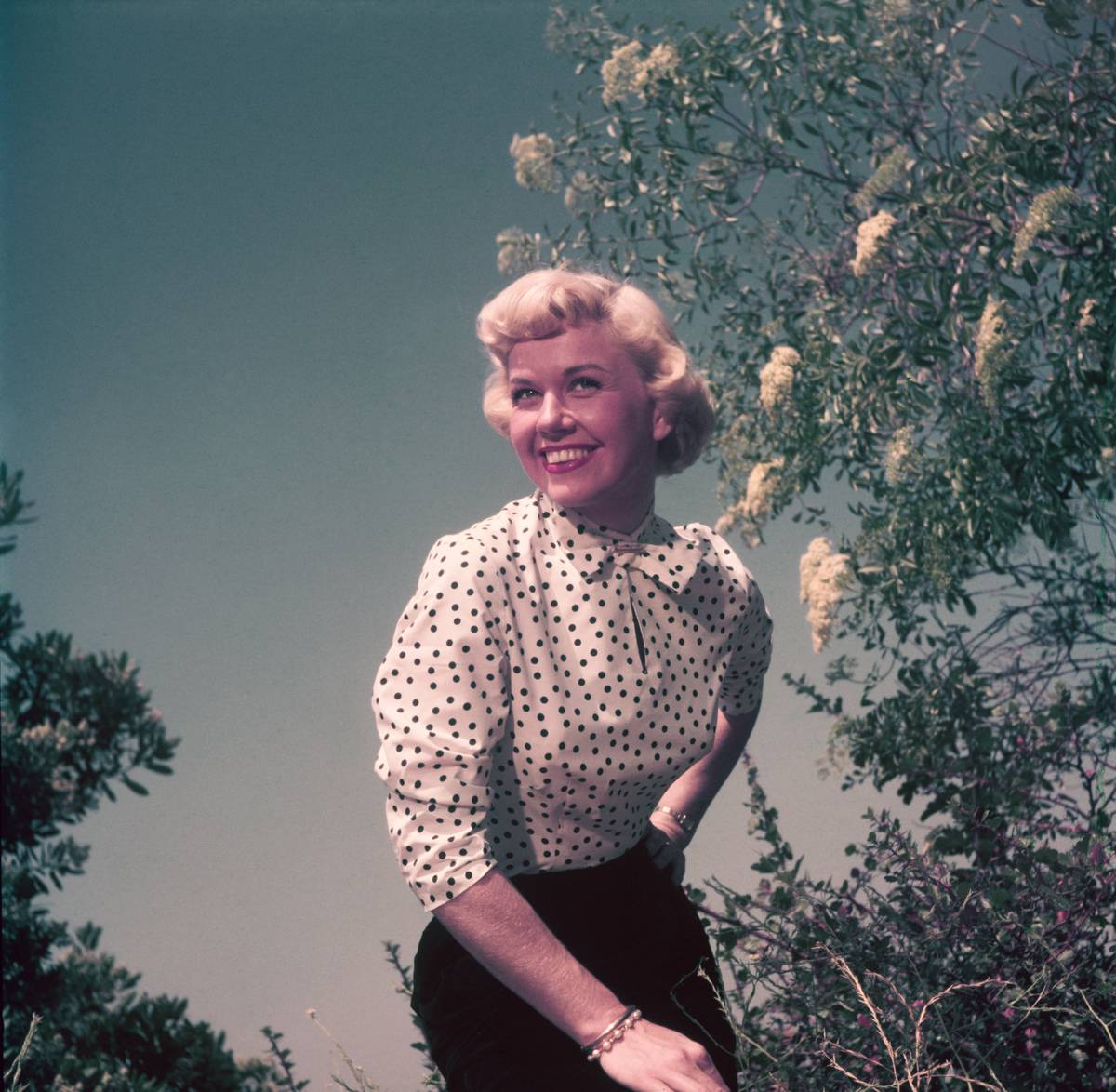
Up until the mid-’50s, Doris had mainly played comedic characters. Her dramatic breakthrough came in Love Me or Leave Me, alongside renowned actor James Cagney. The role earned her widespread respect as a “serious” actress and Doris was soon cast in Alfred Hitchcock’s suspense film, The Man Who Knew Too Much. The song “Que Sera, Sera” would become synonymous with Day and win an Academy Award.
It’s funny to think that at first, she refused to sing it, labeling it a “children’s song.” Doris recorded the song in one take under pressure from the studio, supposedly claiming “That’s the last time you’ll ever hear that song.”
She Turned Down The Sound Of Music
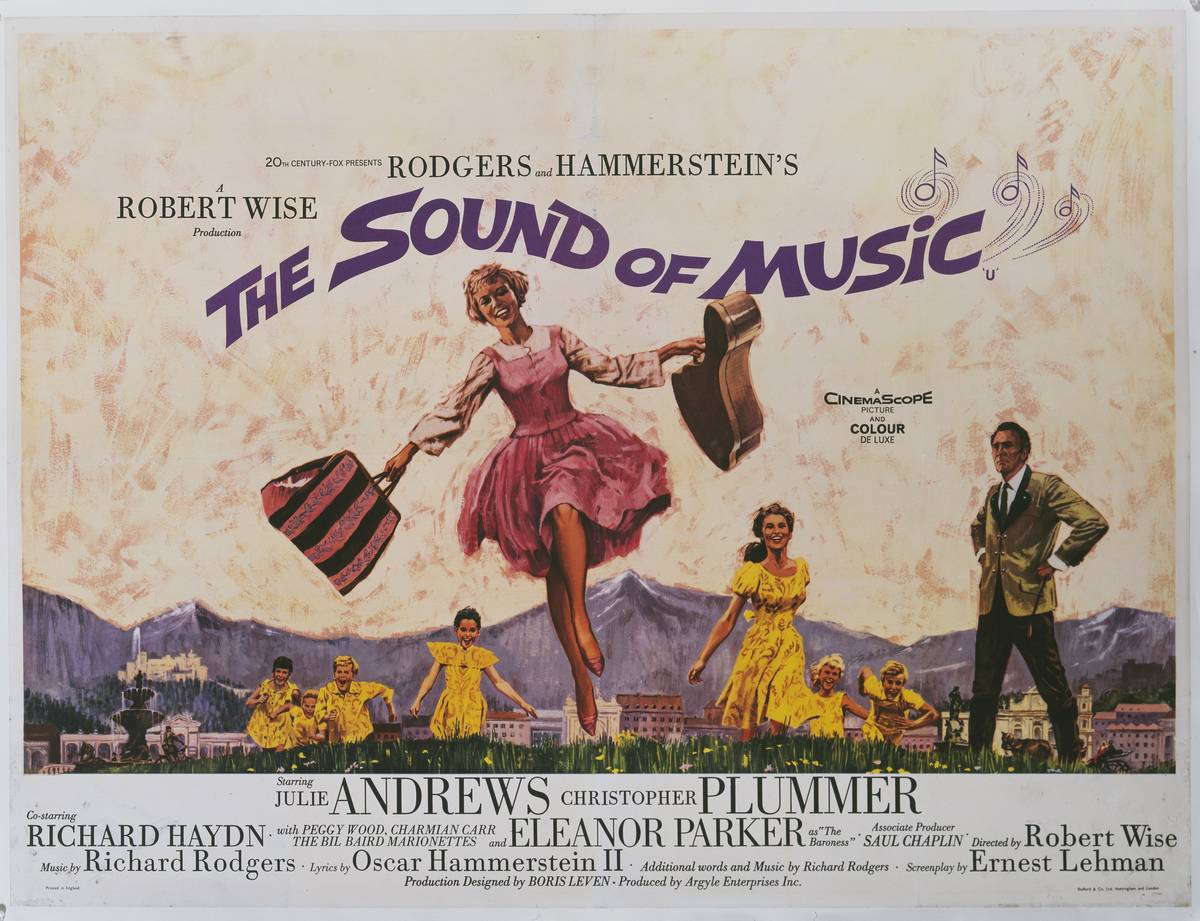
In the early 1960s, director Robert Wise was searching for actresses to play Maria von Trapp in The Sound of Music. Some of his initial choices were Grace Kelly, Shirley Jones, and of course, Doris Day. But Doris refused, claiming that she was “too American to play a nun from Austria.”
Doris likely turned down a role that would have advanced her career. However, she was well-known as a patriotic singer. After all, her first hit song, “Sentimental Journey,” became an unofficial World War II anthem. Perhaps she thought that the role would damage that reputation.
The Doris Day Show And Retirement
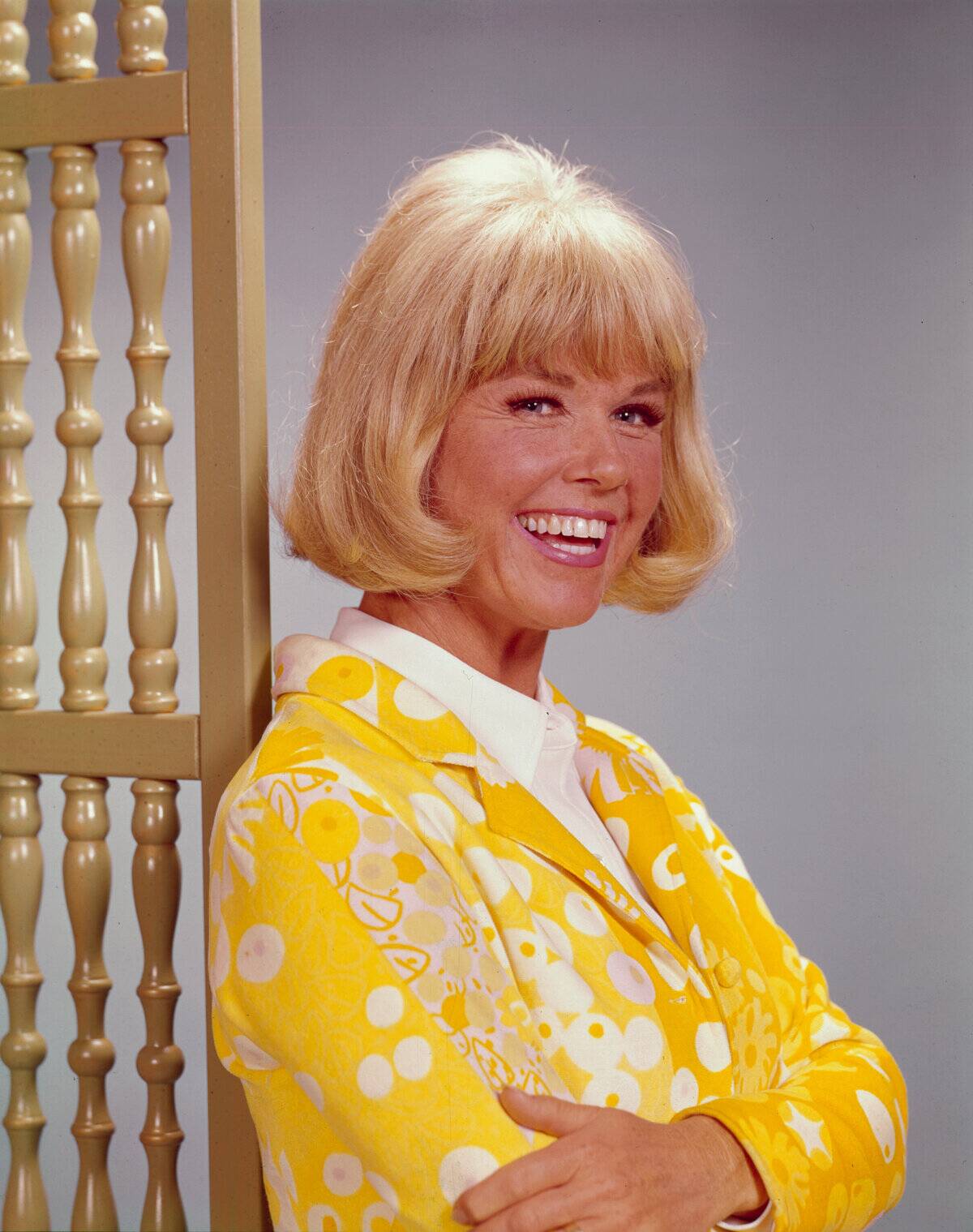
With nothing in the bank, a desperate Doris fast approaching her 50’s had no other option but to go ahead with the television show her husband had signed her up for. Doris’ one stipulation was that CBS relinquished full creative control to her and her son, Terry. Although her movie popularity had waned, The Doris Day Show ran for five successful seasons.
Every season had dramatic changes to its premise that baffled audiences, but it somehow worked. By 1973, Doris had come to realize she was largely considered ‘passe’ and a thing of the past. With roles drying up, the star mostly retired from acting, except two further TV specials.
A Car Accident Changed Her Life’s Direction
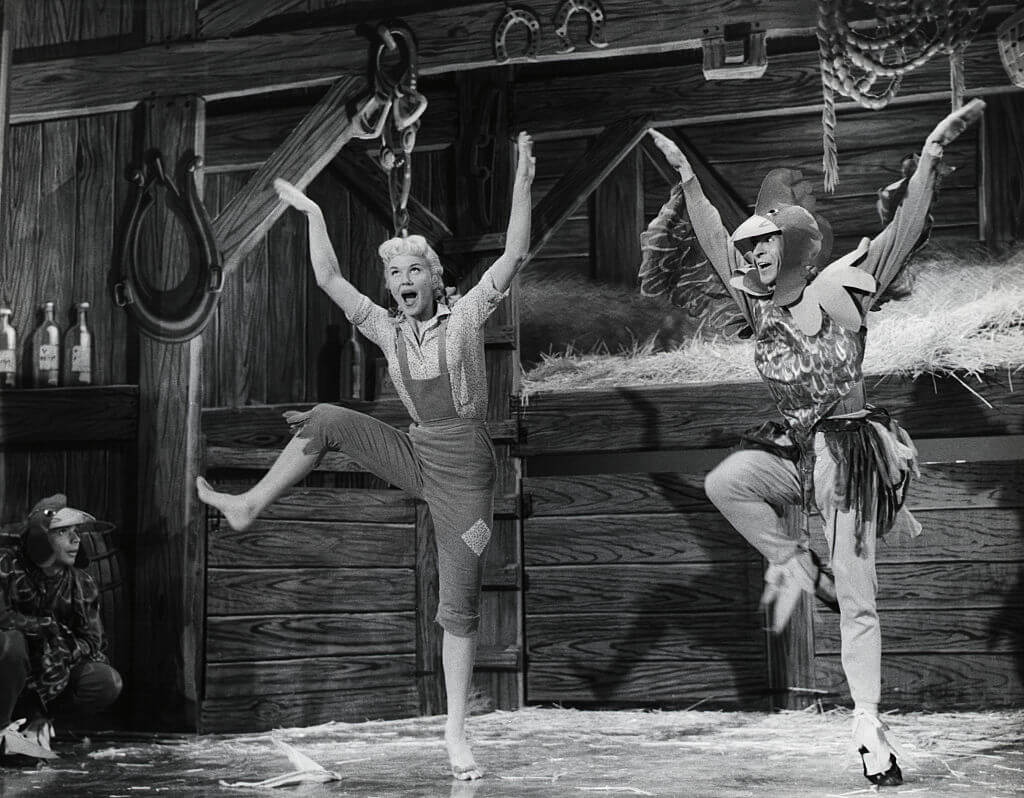
While it’s almost impossible to imagine a world in which Doris Day isn’t a singer, it almost didn’t turn out that way. Doris loved to dance, developing a keen interest from an early age. She formed a dance duo with friend Jerry Doherty and the pair were frequently booked around her hometown of Cincinnati, Ohio.
While the youngster dreamed of becoming a professional performer, a car accident in 1937 badly injured her leg, ruining her chances of pursuing a career in dance. Her hopes and dreams were destroyed at the tender age of 15.
Everyone Loved Her Music Right Away

It wasn’t long before Doris returned to work. In early 1945, Doris recorded “Sentimental Journey”. The song soon became a smash hit, with the lyrics “Gonna take a sentimental journey / Gonna set my heart at ease / Gonna make a sentimental journey / To renew old memories”. The track became the unofficial anthem of soldiers returning home. The phenomenal success of the record climbed to number one on the charts and Doris became a breakout star.
The song continued to be associated with Day throughout her life, and she recorded different versions of it on numerous occasions. Over the course of the next two years, Doris and the Les Brown Band had six other top ten hits. A star was born.
Doris Makes Her Hollywood Debut
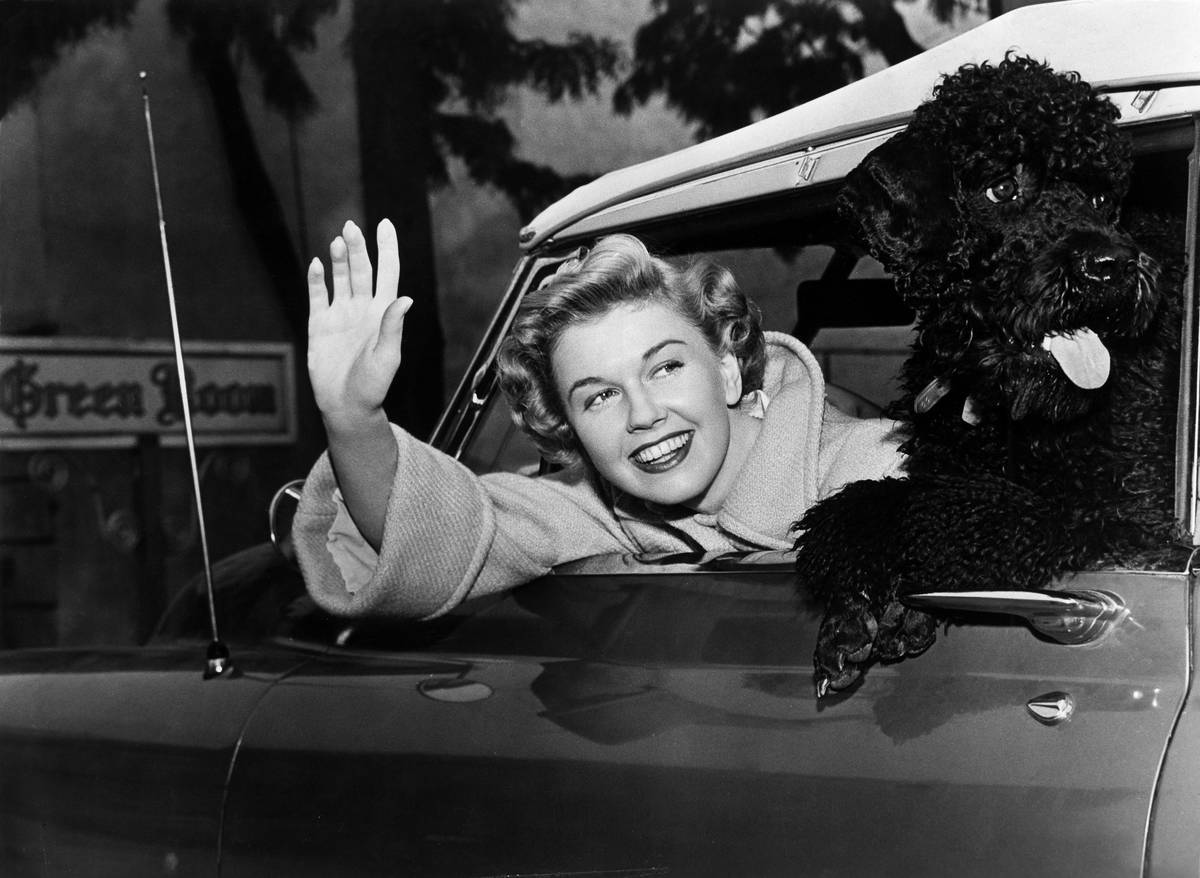
When Bob Hope and Hollywood came knocking, Doris couldn’t resist grabbing the opportunity with both hands. She became a regular on Hope’s extremely popular show and her career continued to grow, while her desire to be a homemaker waned. In 1948 Doris was cast to star in the musical romantic comedy Romance on the High Seas. When she auditioned for the role, Doris admitted to director Michael Curtiz that she didn’t have any acting experience.
It was this confession that garnered her first acting role, as Curtiz loved her honesty and thought she embodied his vision for the all-American girl. Her song, “It’s Magic” was featured in the movie and gave Doris her first hit as a solo artist.
Doris Ran Away From Her Marriage Problems
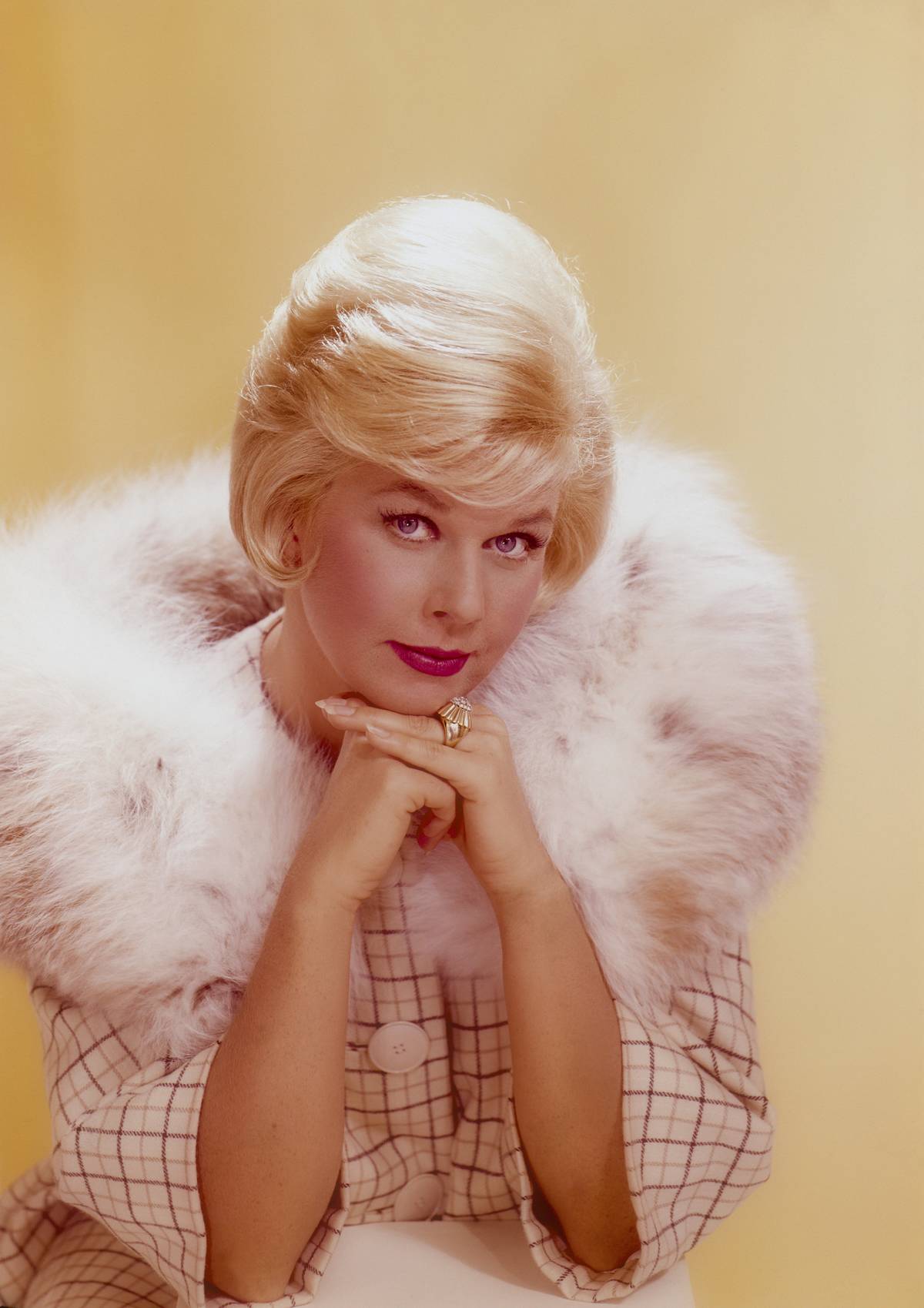
With her interest in Hollywood piqued, Doris and Weidler moved to Los Angeles so she could focus on movies. The best location the couple could find was in a less-than-desirable trailer. The marriage soon began to deteriorate as Weidler wasn’t fond of his stepson, Terry and resented his wife’s success.
When Doris insisted that her mother Alma move in with them to help, things went from bad to worse and Doris secured work in New York – as far away from her husband as possible. After Doris moved with her mother and child, Weidler demanded a divorce.
Her Late Husband Had Stolen Her Fortune
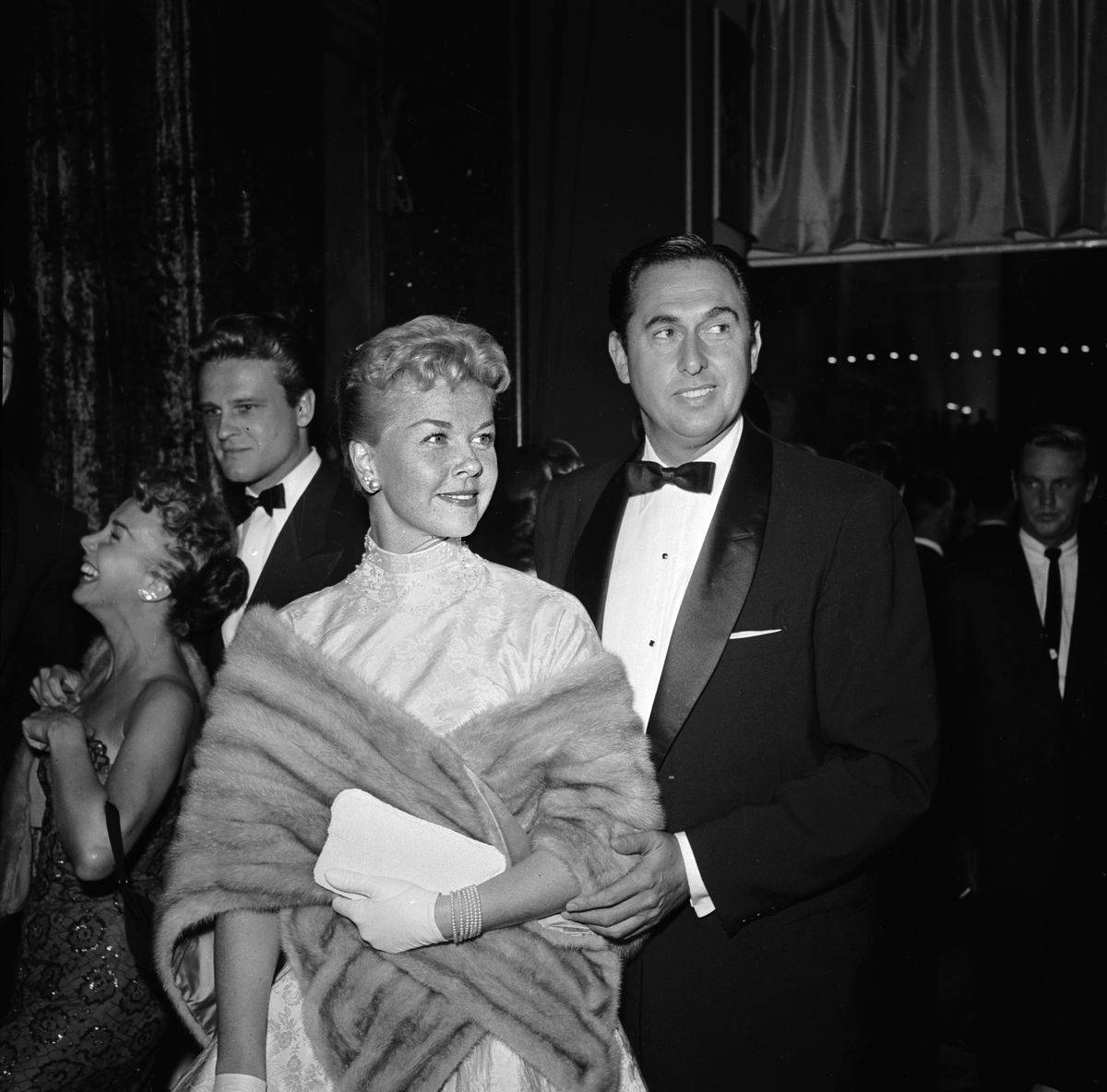
Although Doris had stayed married to Marty Melcher until his death in 1969, the union was not always a happy one. He was manipulative and many thought he was exploiting Doris for his own gain. When he died, the 47-year-old actress discovered that her late husband and her attorney, Jerome Rosenthal, had squandered away her fortune, leaving her with nothing but debt.
Not only had he ruined her financially, but Melcher had committed Doris to a series of contracts without her knowledge, one of which being The Doris Day Show. The widow detested the idea of going into TV, but had no choice.
A Career Over, A Legacy Left
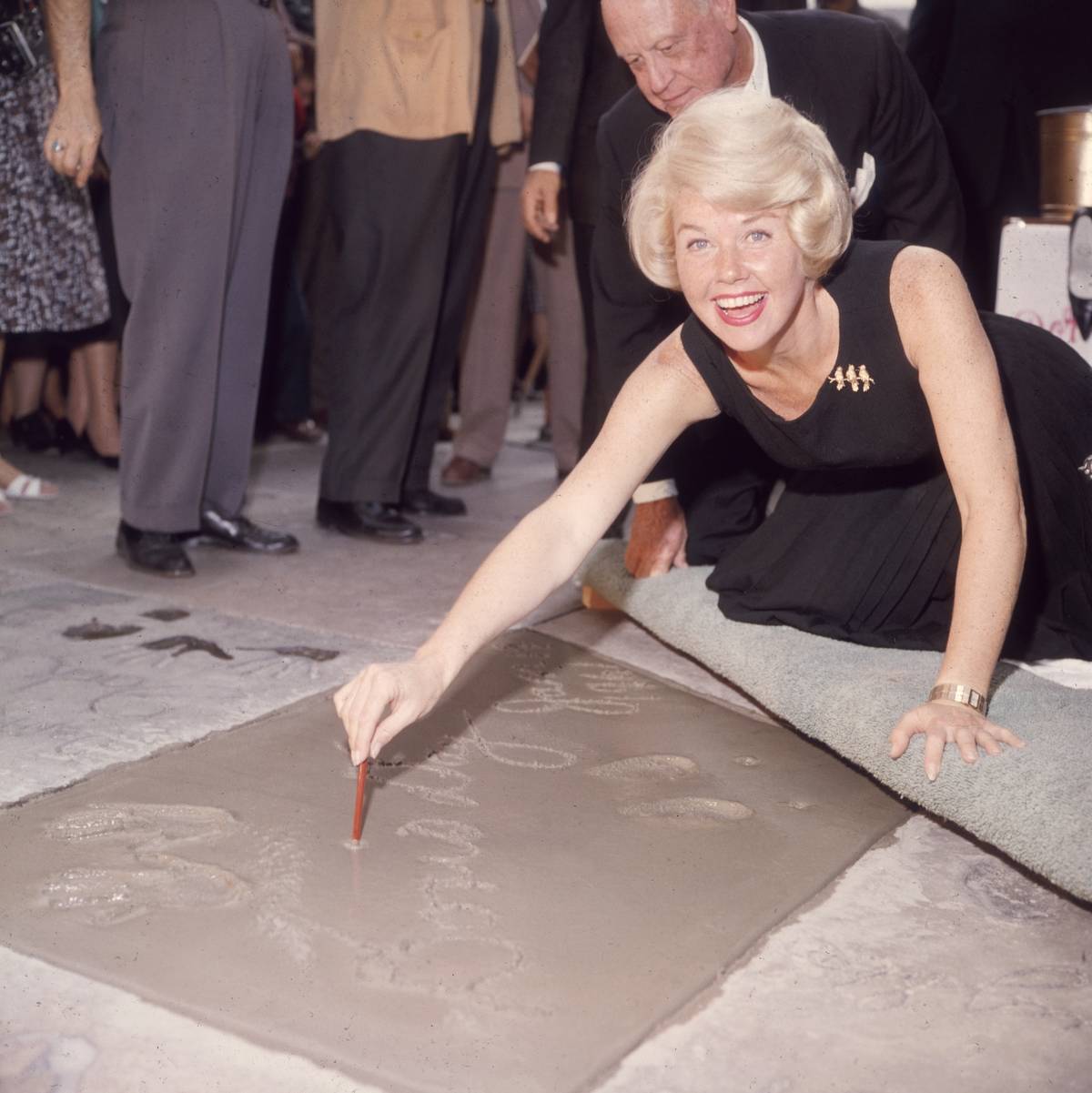
There’s no doubt that while the actress bowed out of the biz years ago, she made a tremendous impact on the entertainment industry. Her influence goes well beyond a few hit singles. Modern-day artists still look to Doris’ music for inspiration – some of which have mentioned her by name in their songs.
The Beatles mentioned her in “Dig It”, George Michael sang about her brightness in Wham’s hit “Wake Me Up Before You Go-Go” and Elton John lists her in “Wrap Her Up” alongside fellow silver-screen legend Brigitte Bardot. The list is endless – just like Day’s timeless legacy.





